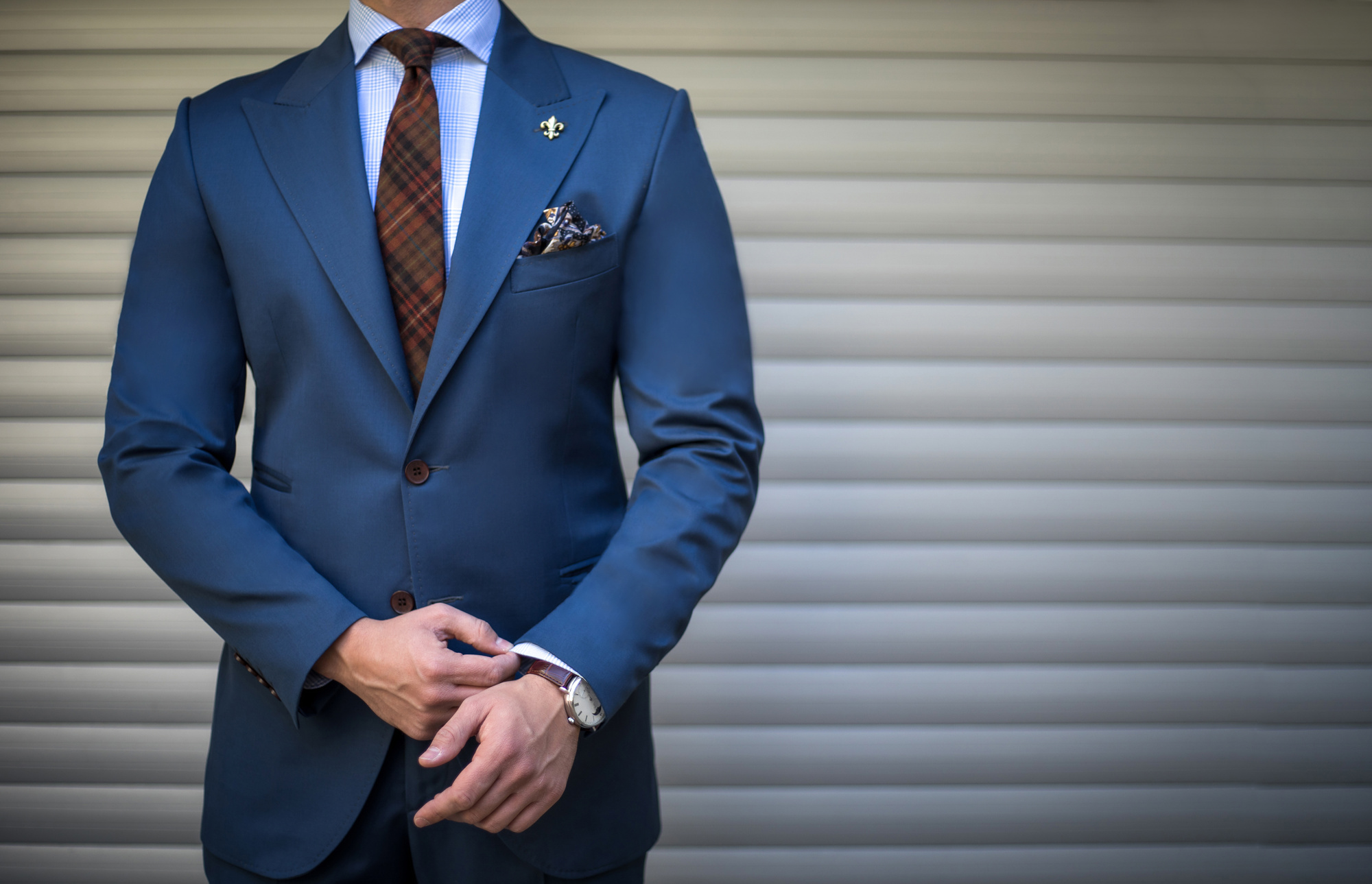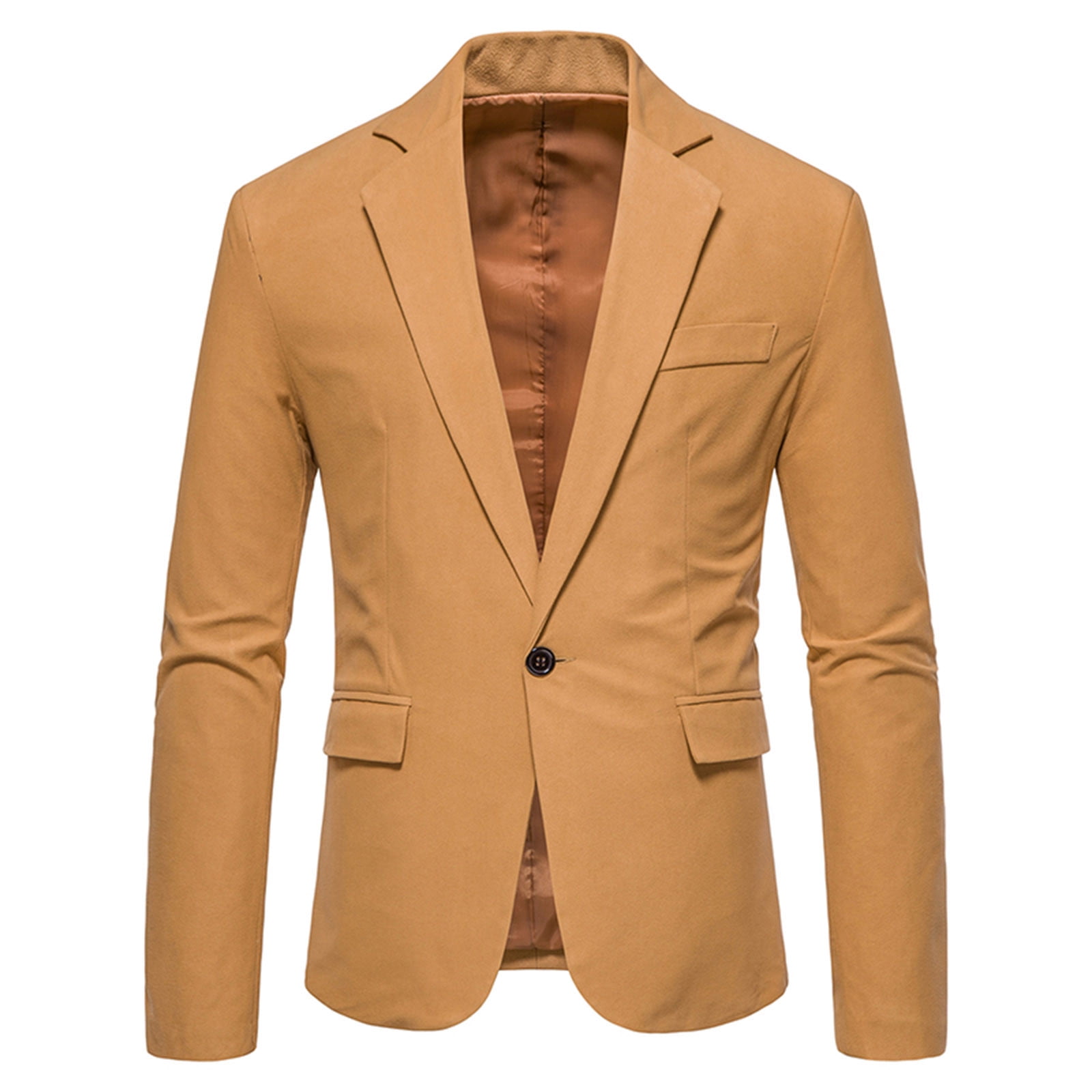How should a suit coat fit? A well-fitting suit coat is essential for a polished and sophisticated look. Whether it’s for a formal event, a business meeting, or a special occasion, understanding how a suit coat should fit is crucial. The right fit enhances your silhouette, provides comfort and ease of movement, and exudes confidence. In this article, we will explore the key elements of a well-fitting suit coat, including the shoulder fit, sleeve length, jacket length, waist suppression, and overall silhouette. Let’s dive into the world of suit coat fittings and discover how to achieve a tailored and impeccable appearance.

The Shoulder Fit:
The shoulder fit is one of the most important aspects of a suit coat. It sets the foundation for the overall fit and ensures a sharp and flattering look. Here’s what to observe:
- Shoulders should lie flat: The seam where the sleeve meets the shoulder should align with the natural slope of your shoulder. The suit coat should rest smoothly without any gathering or pulling.
- Jacket width should match your shoulders: The width of the suit jacket across the shoulders should closely align with your natural shoulder width. Avoid jackets that are too wide or narrow as they can create an unflattering silhouette.
Sleeve Length:
Proper sleeve length is crucial to achieve a refined and proportional look. Here’s how to determine the ideal sleeve length:
- The sleeve should end at the wrist bone: When your arms are relaxed at your sides, the suit coat sleeves should end right at the point where your wrist bone meets your hand. This provides a clean and polished appearance, with around a quarter to a half an inch of shirt cuff visible.
Jacket Length:
The length of a suit coat contributes to its overall proportion and balance. Pay attention to these factors:
- The jacket should cover the seat: For a traditional and timeless look, the suit coat should cover your entire seat, ending at the point where your buttocks meet the back of your thighs.
- Balance with your body shape: The appropriate jacket length may vary based on your height and body proportions. Generally, taller individuals may opt for longer jackets, while shorter individuals may lean towards shorter lengths. However, it’s important to consider individual preferences and the desired aesthetic.

Waist Suppression:
The waist suppression refers to the tapering of the jacket around the waist area. It creates a tailored and slimming effect. Consider the following:
- The jacket should follow your natural waistline: The suits vests should gently taper in at the waist to accentuate the silhouette and create a defined waistline. It should not be overly tight but have enough suppression to create a flattering shape without visible pulling or creases.
Overall Silhouette:
A well-fitting suit coat should create a balanced and streamlined silhouette. Pay attention to the following:
- Fit through the torso: The suit coat’s torso should be trim and contoured without excessive fabric around the chest or waist. A proper fit provides structure and creates clean lines.
- Ease of movement: The suit coat should allow for comfortable movement, enabling you to extend your arms and perform basic actions without feeling restricted. Ensure that the suit coat doesn’t pull or bunch up when you move your arms or shoulders.
- Buttoning: When buttoned, a single-breasted suit coat should lie flat against the chest without pulling or stretching. The lapels should meet smoothly without any visible gaps. A double-breasted suit coat should button easily and lay flat across the abdomen without any strain.

How to choose the size of suit coat fit
Selecting the correct size for a suit coat is crucial to achieve a polished and tailored appearance. Ill-fitting garments can detract from your overall look and undermine the sophistication and confidence that a well-fitted suit coat can provide.
Measurements:
Taking accurate body measurements is the foundation for selecting the right size classic suits. The following measurements are essential:
- Chest: Take a measuring tape and wrap it around the widest part of your chest, under your armpits. Make sure the tape is snug but not too tight.
- Shoulders: Measure across the back from the outer edge of one shoulder to the outer edge of the other. This measurement determines the shoulder width.
- Sleeve Length: Measure from the outer shoulder down to the point where the wrist bone meets the hand. This measurement determines the sleeve length.
- Waist: Measure around the natural waistline, just above the hips.
Size Charts and Sizing Systems:
Most suit brands provide size charts and use standard sizing systems. These charts often correlate specific measurements to corresponding sizes. This allows you to select the closest size based on your measurements. Keep in mind that sizes can vary between brands, so it’s important to consult the specific brand’s size chart for accurate guidance.

Try-Ons and Fitting Options:
Ideally, trying on a suit coat before purchasing is the best way to ensure a proper fit. Explore the following fitting options:
- In-Store Try-On: Visit a reputable store that offers a range of suit coats and try on different sizes to determine the best fit. Take note of how the suit coat rests on your shoulders, chest, and waist, as well as the sleeve length and overall comfort.
- Online Fitting Tools: Some online retailers provide virtual fitting tools or fit guides that help determine the right size based on your body measurements. Follow their instructions and recommendations to choose the appropriate size.
- Tailoring Services: If a suit coat doesn’t fit perfectly off the rack, consider seeking the assistance of a professional tailor. They can suggest alterations and adjustments to achieve a customized fit that complements your body shape and proportions.
Professional Guidance:
If you’re unsure about selecting the right size for a suit coat, seek professional guidance. Experienced sales associates or tailor consultants can provide valuable insights and recommendations based on their expertise. They understand the nuances of suit coat sizing and can assist in finding the best fit for your body type.
Conclusion:
Achieving the perfect fit for a suit coat is essential for an elegant and refined appearance. By paying attention to the shoulder fit, sleeve length, jacket length, waist suppression, and overall silhouette, you can ensure your suit coat enhances your physique, provides comfort, and exudes confidence. Remember that a well-fitting suit coat is a combination of precise measurements and personal preferences. A professional tailor or suit specialist can assist in achieving the ideal fit. So, invest in a suit coat that fits impeccably, and enjoy the timeless elegance and sophistication it brings to your wardrobe.

